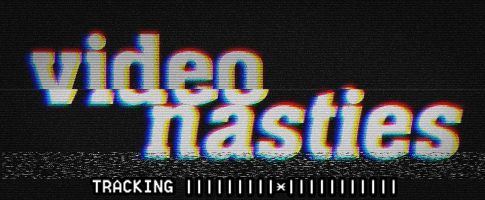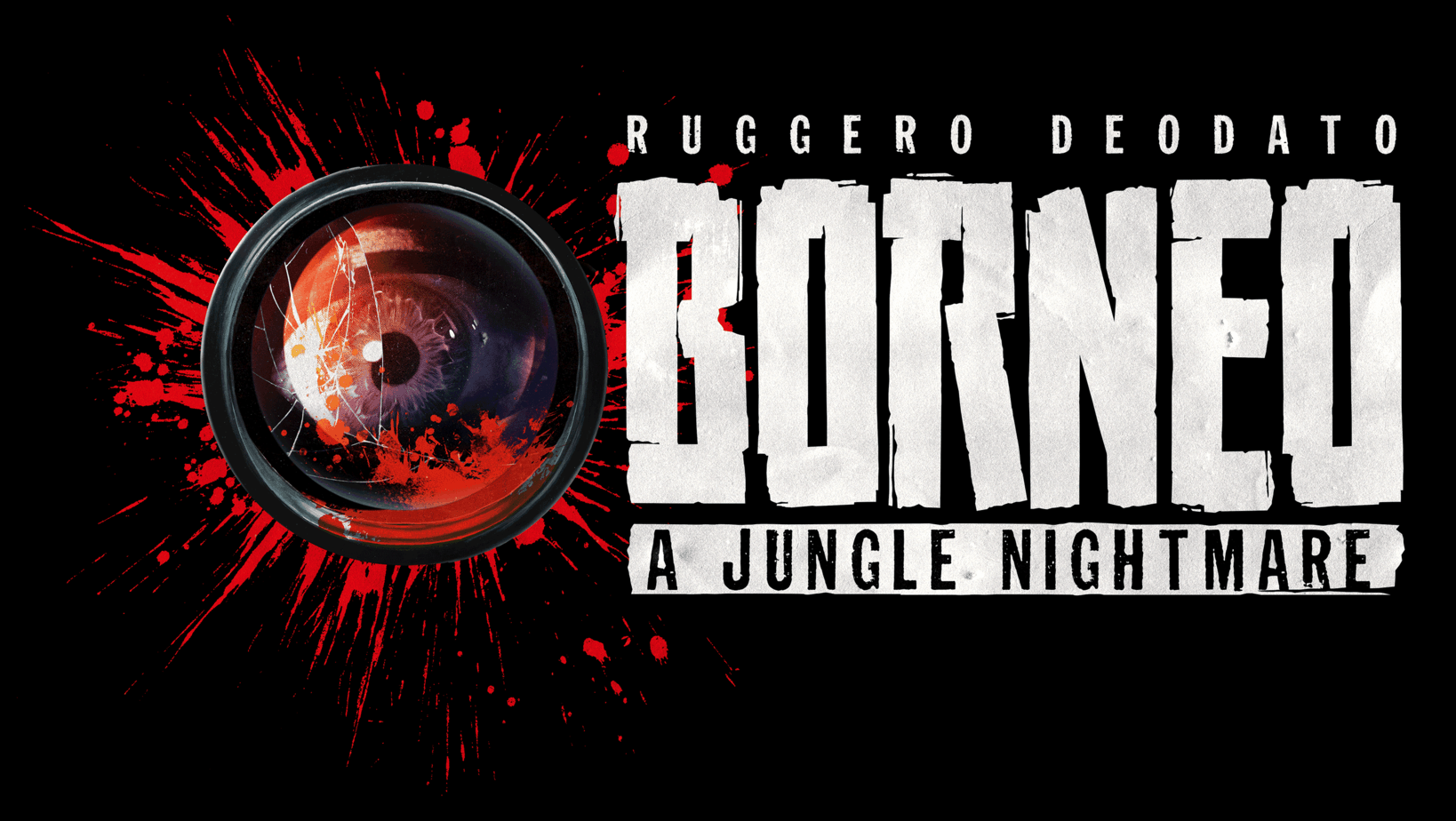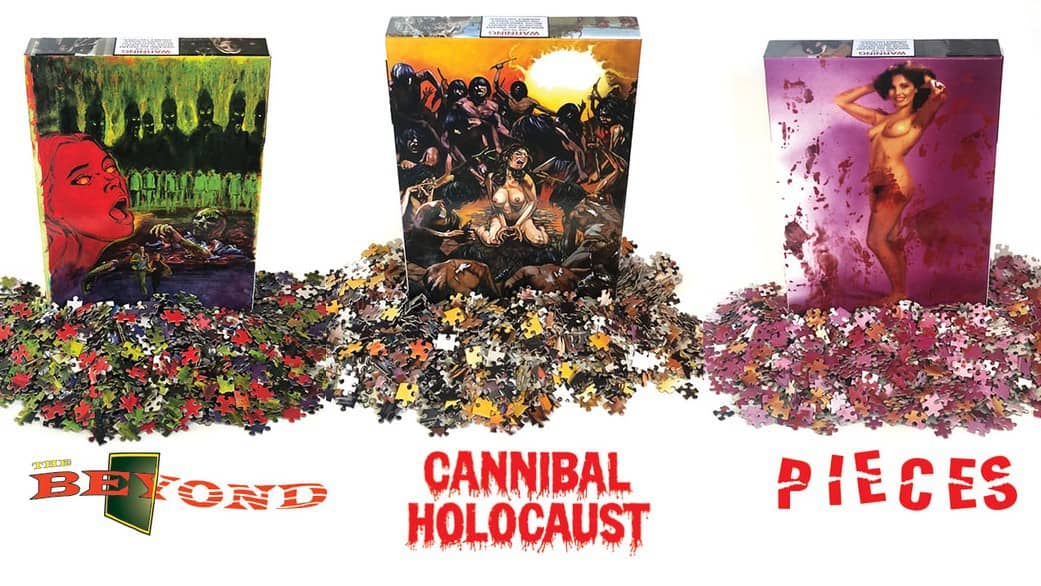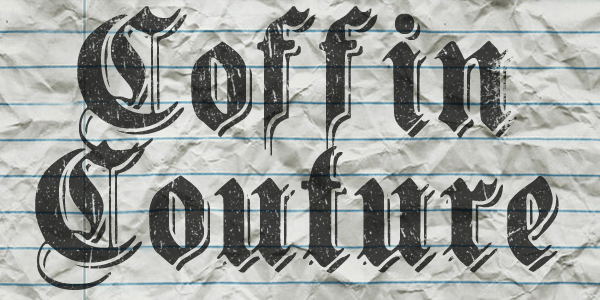Video Nasties: Censorship Then and Now

We’d all like to believe that we live in a world where free expression is welcome and censorship nonexistent. Unfortunately that isn’t always the case, especially in the world of horror. Maybe it shouldn’t be that surprising, since horror films are designed to produce visceral reactions in their audiences. It’s only logical that the wrong reaction from the wrong person can sometimes be strong enough to have consequences for the rest of us. Keep reading to see how this has affected horror films in the past.
Thankfully, free speech laws in the U.S. usually prevent films from being banned outright, but that’s not to say that censorship isn’t alive and well. Recently in Spain the director of the Sitges film festival, Angel Sala, was arrested for screening A Serbian Film (Review), despite the fact that the film has been kicking around from fest to fest for quite a while now. I haven’t seen the film, so I can’t comment directly on the material it depicts, but it seems that the arrest was a reactionary response to a film that confronts some really tough subjects head on. It’s unclear if this will affect the film’s release in other countries, although it’s still currently in preparation to be released (with a few cuts) in the U.K., and uncensored in the U.S..
On a somewhat smaller scale, the MPAA exerts a surprising amount of control over content in feature films in the U.S. If you don’t believe it, ask yourself when you last saw an NC-17 rated movie playing in your local multiplex. Most theaters flat-out won’t show them, making the rating the equivalent of a death sentence for a film. Oscar-nominated indie drama Blue Valentine nearly suffered this fate last year for including an emotionally taut sex scene that was really pretty mild as far as explicitness was concerned. The filmmakers fought the rating and were able to get it released with an ‘R’ in the end, but this isn’t typical – most directors acquiesce to the cuts the MPAA suggests in order to ensure that their film will make it to theaters.
To be honest though, we have it pretty good these days, and viewers are almost never flat-out prohibited from seeing films. Still, in the context of these recent battles it’s interesting to see how we’ve progressed in the past few decades. Censorship was far more rampant in the 1980’s, especially in the U.K., which has a much more volatile history when it comes to free speech. The list of banned “video nasties” is now semi-legendary in the history of horror films, which (ironically) was probably the opposite effect intended by those seeking to ban the films.
This is the story in a nutshell: when the widespread availability of VCRs opened up the home video market as a new avenue to deliver films to viewers, film rental companies took advantage of the lack of regulation and pushed large amounts of low-budget horror and erotica into print, hoping that viewers’ interests would be piqued by the prospect of viewing lurid content in the privacy of their own homes. Keep in mind that this was during the Thatcher years when social conservatism was on the rise and tolerance for “obscene” material was low. The idea that these shocking videos would invade homes and corrupt the minds of children was broadcast loudly by the press, and echoed the stance of many lawmakers. The British Director of Public Prosecutions (DPP) responded to this “threat” by allowing police to raid video stores and seize whatever videos they deemed obscene. Understandably, this made retailers somewhat nervous, and in response to a call for standards regarding which films were actually obscene, the DPP released the infamous video nasty list.
What many people failed to realize at the time is that the marketing for these films wasn’t always honest. Yeah, they flat-out admitted to being shocking, but as is often the case in advertising, not all lived up to their claims. A few went so far as to advertise content or scenes that weren’t in the films. The media did such a good job of making these films seem absolutely debased that nobody needed to watch them to figure how if their content was actually offensive – I mean, no decent person would, right? But any horror fan glancing through the list will recognize a number of films which are now widely regarded as classics. This begs the question: what about the not-so-well known films on the list? What do those have to offer? Were any of the films on the list really obscene, and what about these specific films as opposed to others provoked such a strong response?
This is what I hope to do in these articles: revisit some classic nasties, seek out some that I haven’t seen, and try to look at them from the perspective of those who were so offended by their existence they thought they shouldn’t exist. It’s true – many of these films operate outside what’s generally considered tasteful, but some also push artistic boundaries in a truly daring way. I don’t necessarily think that being “offensive” disqualifies a film from having artistic merit, and there’s definitely some merit to a lot of films on the list.
So stay tuned – I’ll be back soon with a look at one of the most notorious nasties: Cannibal Holocaust.



